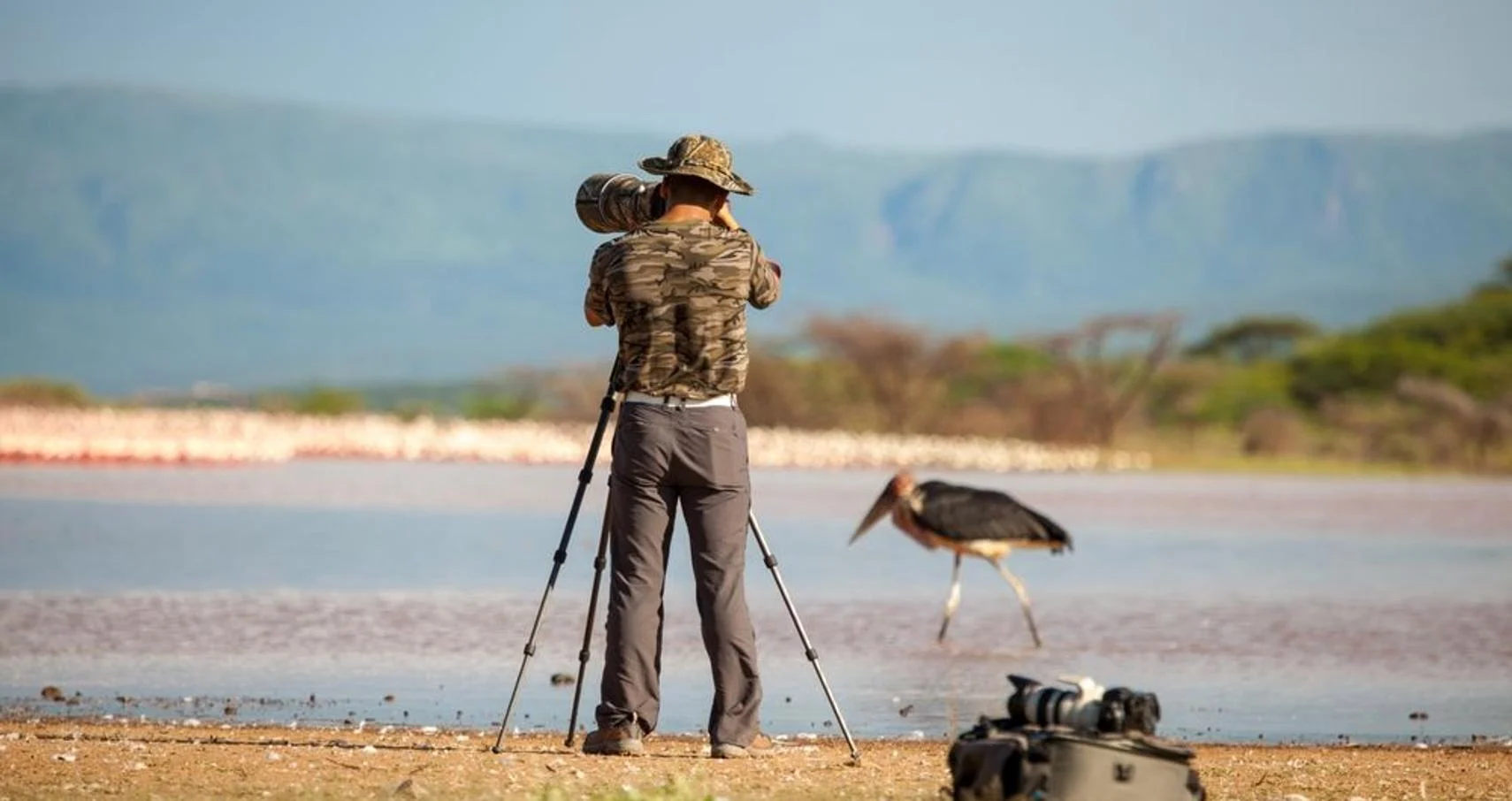Achieving success in wildlife photography depends significantly on mastering your camera settings. Each setting plays a crucial role in capturing sharp, detailed, and dynamic images of wildlife. This article provides an overview of the best settings to use for various wildlife photography scenarios.
Shutter Speed
Shutter speed is vital for freezing motion and capturing sharp images of moving animals:
- Fast Shutter Speed: Use a fast shutter speed to freeze motion and avoid blur. For fast-moving subjects, such as birds in flight, a shutter speed of 1/1000 sec or faster is often required.
- Adjust for Light: In low light conditions, you may need to increase your ISO or open your aperture to maintain a fast shutter speed.
Choosing the right shutter speed ensures clear and sharp images of fast-moving wildlife.

Aperture
Aperture controls the depth of field, which affects how much of the scene is in focus:
- Wide Aperture: Use a wide aperture (low f-number) to create a shallow depth of field. This isolates the subject from the background, making it stand out. For wildlife, an aperture of f/2.8 to f/5.6 is often ideal.
- Deep Depth of Field: For scenes where more of the environment needs to be in focus, use a smaller aperture (higher f-number), such as f/8 to f/11. This is useful for landscapes or when photographing animals in their habitat.
Setting the appropriate aperture enhances the focus and isolation of your subject.
ISO
ISO affects the camera’s sensitivity to light and can help you achieve the correct exposure:
- Low ISO: Use a low ISO setting (e.g., ISO 100-400) in bright conditions to maintain image quality and reduce noise.
- High ISO: Increase the ISO (e.g., ISO 800-3200) in low light conditions to allow faster shutter speeds. Be cautious of noise, and use noise reduction techniques if needed.
Adjusting ISO helps maintain proper exposure and image quality in varying lighting conditions.
Focus Mode
Choosing the right focus mode is crucial for capturing sharp images of wildlife:
- Continuous Autofocus (AI Servo/AF-C): Use continuous autofocus for moving subjects. This mode continuously adjusts focus as the subject moves, ensuring sharp images.
- Single Autofocus (One-Shot/AF-S): For stationary subjects, use single autofocus mode. This locks the focus when you press the shutter button halfway.
Selecting the appropriate focus mode helps ensure sharp and accurate focus on your subject.
White Balance
White balance ensures that colors are accurately represented in your images:
- Auto White Balance: Use auto white balance for most situations. The camera automatically adjusts the color temperature based on the lighting conditions.
- Custom White Balance: For challenging lighting conditions or when shooting in mixed light, set a custom white balance to ensure accurate color reproduction.
Adjusting white balance ensures that colors in your wildlife photos are true to life.
Metering Mode
Metering mode determines how the camera measures light to set the exposure:
- Evaluative/Matrix Metering: Use evaluative or matrix metering for general shooting. This mode evaluates the entire scene and sets the exposure based on an average of the light.
- Spot Metering: For high-contrast scenes or when focusing on a specific part of the subject, use spot metering. This mode measures the light in a small area around the focus point.
Choosing the right metering mode helps achieve accurate exposure in various lighting conditions.
Burst Mode
Burst mode allows you to capture a series of images quickly:
- High-Speed Burst Mode: Use high-speed burst mode to capture multiple frames per second. This is especially useful for action shots and capturing split-second moments.
- Buffer Management: Be mindful of your camera’s buffer capacity. Ensure you have a fast memory card to handle high-speed bursts without slowing down.
Utilizing burst mode increases your chances of capturing the perfect moment in dynamic wildlife scenes.
Conclusion
Mastering the best settings for wildlife photography enhances your ability to capture stunning and dynamic images. By adjusting shutter speed, aperture, ISO, focus mode, white balance, metering mode, and burst mode, you can optimize your camera for various scenarios and lighting conditions. Each setting plays a crucial role in achieving sharp, well-exposed, and compelling wildlife photographs. With practice and attention to detail, these settings will help you capture the beauty and essence of wildlife in their natural habitat. Best Settings for Wildlife Photography Success.








